目录
1.认识多线程
1.1线程的概念
1.2进程和线程
1.2.1进程和线程用图描述关系
1.2.2进程和线程的区别
1.3Java 的线程和操作系统线程的关系
2.创建线程
2.1继承 Thread 类
2.2实现 Runnable 接口
2.3匿名内部类创建 Thread 子类对象
2.4匿名内部类创建 Runnable 子类对象
2.5lambda 表达式创建 Runnable 子类对象
1.认识多线程
1.1线程的概念
引入线程:进程虽然可以很好的实现并发编程,但在进行频繁的进程创建和销毁的过程中开销比较大(体现在资源的申请和释放上)。所以就发明了比进程更轻量的线程。
线程与进程相比:
(1)创建线程比创建进程更快 .(2)销毁线程比销毁进程更快 .(3)调度线程比调度进程更快 .
1.2进程和线程
1.2.1进程和线程用图描述关系

1.2.2进程和线程的区别
(高频面试题)
1.进程是包含线程的。
2.每个线程就是一个 独立的"执行流",可以单独执行一些代码,并参与到CPU的调度中(状态,上下文,优先级,记账信息,每个线程都有自己的一份)。
3.每个进程都有自己的资源,进程中的线程共用一份资源(内存空间和文件描述符表)。
(2)与(3)说明:
进程是系统分配资源的最小单位,线程是系统调度的最小单位。
4.进程与进程之间不会相会影响,但 线程与线程之间会相会影响。如果一个进程中的某个线程抛出异常,可能会导致进程中的所有线程都异常终止。
1.3Java 的线程和操作系统线程的关系
1.线程是操作系统中的概念 . 操作系统内核实现了线程这样的机制 , 并且对用户层提供了一些 API 供用户使用(例如 Linux 的 pthread 库 ).2. Java 标准库中 Thread 类可以视为是对操作系统提供的 API 进行了进一步的抽象和封装 .
注意:
(1)线程与线程之间可能会相互干扰,产生逻辑bug,引起线程安全。
(2)线程不是越多越好,线程太多调度开销可能会非常明显。
2.创建线程
2.1继承 Thread 类
(1)继承 Thread 来创建一个线程类
class MyThread extends Thread {
@Override
public void run() {
System.out.println("这里是线程运行的代码");
}
}
此处 run()不需要手动调动,在线程创建好之后JVM会自动调用执行(回调函数)。
(2)创建 MyThread 类的实例
MyThread t = new MyThread();
创建出的实例才是真线程。
(3)调用 start 方法启动线程
t.start(); // 线程开始运行
此时才会真正调用系统API,在系统内核中创建出线程(执行run())。
为啥要在系统内核中创建出线程?
因为程序有时需要对软硬件资源进行操作。
完整示例:
public class ThreadDemo1 {
public static void main(String[] args) {
Thread t = new MyThread();
t.start();
while(true){
System.out.println("main");
try {
Thread.sleep(1000);
} catch (InterruptedException e) {
throw new RuntimeException(e);
}
}
}
}
class MyThread extends Thread{
@Override
public void run() {
while(true){
System.out.println("MyThread");
try {
Thread.sleep(1000);
} catch (InterruptedException e) {
throw new RuntimeException(e);
}
}
}
}进程创建第一个线程时开销最大,之后的线程开销都比较小,但不是0,main线程其实是第一个线程。
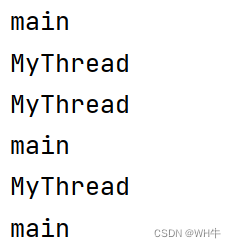
一直循环……
当有多个线程,它们的执行顺序是不确定的。
使用 jconsole 命令观察线程
我们可以使用jdk自带的工具 jconsole查看当前Java进程中所有的线程
第一步,找到jdk

第二步,点进去,找到里面的bin文件点进去
第三步,在bin文件夹里搜索jconsole

第四步,找到你所创建进程点击线程进行查看

2.2实现 Runnable 接口
(1) 实现 Runnable 接口
class MyRunnable implements Runnable {@Overridepublic void run () {System . out . println ( " 这里是线程运行的代码 " );}}
(2) 创建 Thread 类实例, 调用 Thread 的构造方法时将 Runnable 对象作为 参数.
Thread t = new Thread(new MyRunnable());
(3) 调用 start 方法
t.start(); // 线程开始运行
完整示例:
public class ThreadDemo2 {
public static void main(String[] args) {
Thread t = new Thread(new MyRunnable());
t.start();
while(true){
System.out.println("main");
try {
Thread.sleep(1000);
} catch (InterruptedException e) {
throw new RuntimeException(e);
}
}
}
}
class MyRunnable implements Runnable{
@Override
public void run() {
while(true){
System.out.println("MyRunnable");
try {
Thread.sleep(1000);
} catch (InterruptedException e) {
throw new RuntimeException(e);
}
}
}
}1.继承 Thread 类 , 直接使用 this 就表示当前线程对象的引用 .2.实现 Runnable 接口 , this 表示的是 MyRunnable 的引用 . 需要使用 Thread.currentThread()
2.3匿名内部类创建 Thread 子类对象
// 使用匿名类创建 Thread 子类对象Thread t1 = new Thread () {@Overridepublic void run () {System . out . println ( " 使用匿名类创建 Thread 子类对象 " );}};
完整示例:
public class ThreadDemo3 {
public static void main(String[] args) {
Thread t=new Thread(){
@Override
public void run() {
while (true){
System.out.println("使用匿名类创建 Thread 子类对象");
try {
Thread.sleep(1000);
} catch (InterruptedException e) {
throw new RuntimeException(e);
}
}
}
};
t.start();
while(true){
System.out.println("main");
try {
Thread.sleep(1000);
} catch (InterruptedException e) {
throw new RuntimeException(e);
}
}
}
}
2.4匿名内部类创建 Runnable 子类对象
// 使用匿名类创建 Runnable 子类对象Thread t2 = new Thread ( new Runnable () {@Overridepublic void run () {System . out . println ( " 使用匿名类创建 Runnable 子类对象 " );}});
完整示例:
public class ThreadDemo4 {
public static void main(String[] args) {
Thread t=new Thread(new Runnable() {
@Override
public void run() {
while(true){
System.out.println("使用匿名类创建Runnable子类对象");
try {
Thread.sleep(1000);
} catch (InterruptedException e) {
throw new RuntimeException(e);
}
}
}
});
t.start();
while(true){
System.out.println("main");
try {
Thread.sleep(1000);
} catch (InterruptedException e) {
throw new RuntimeException(e);
}
}
}
}2.5lambda 表达式创建 Runnable 子类对象
lambda就是让方法看上去脱离类,单独存在。
// 使用 lambda 表达式创建 Runnable 子类对象Thread t3 = new Thread (() -> System . out . println ( " 使用匿名类创建 Thread 子类对象 " ));Thread t4 = new Thread (() -> {System . out . println ( " 使用匿名类创建 Thread 子类对象 " );});
完整示例:
public static void main(String[] args) {
Thread t=new Thread(() -> {
while(true){
System.out.println("使用匿名类创建Runnable子类对象");
try {
Thread.sleep(1000);
} catch (InterruptedException e) {
throw new RuntimeException(e);
}
}
});
t.start();
while(true){
System.out.println("main");
try {
Thread.sleep(1000);
} catch (InterruptedException e) {
throw new RuntimeException(e);
}
}
}
}都看到这了,不如关注一下,给个免费的赞 ![]()



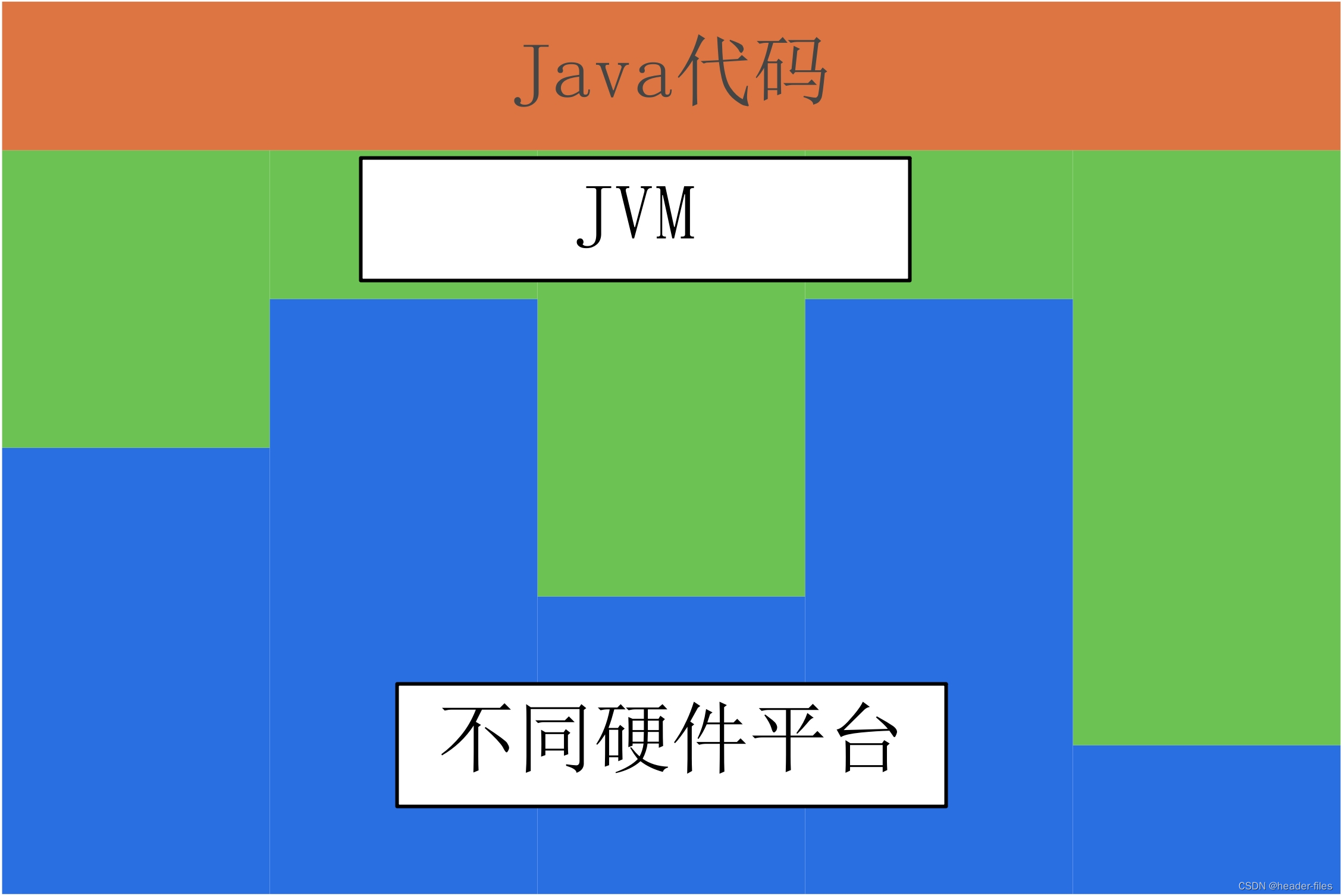
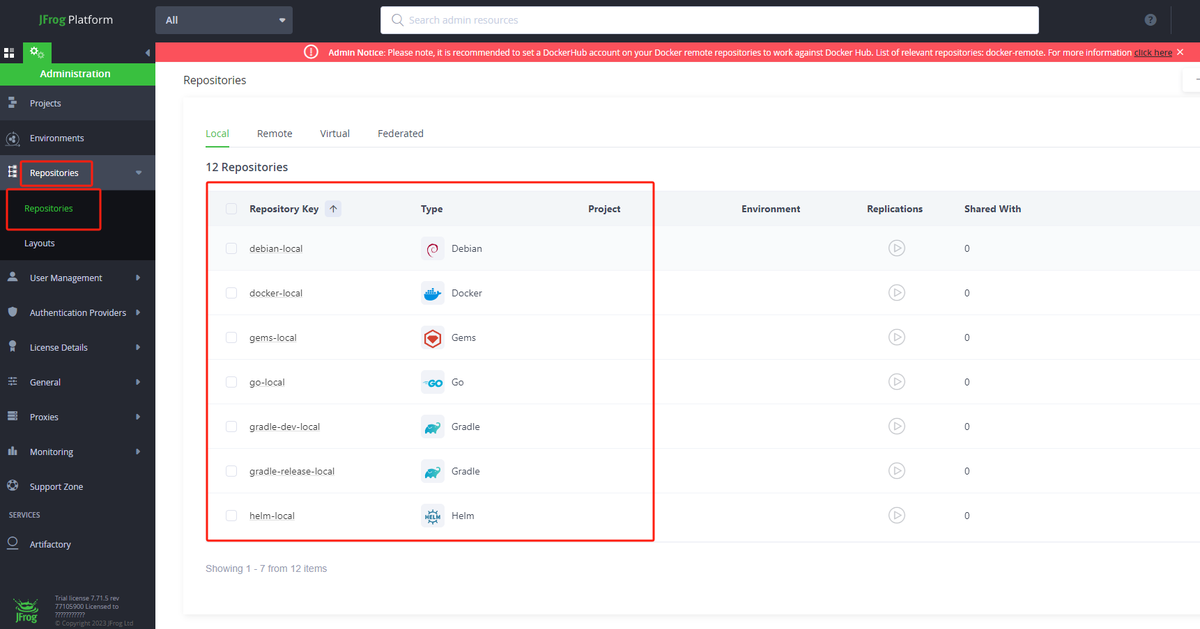
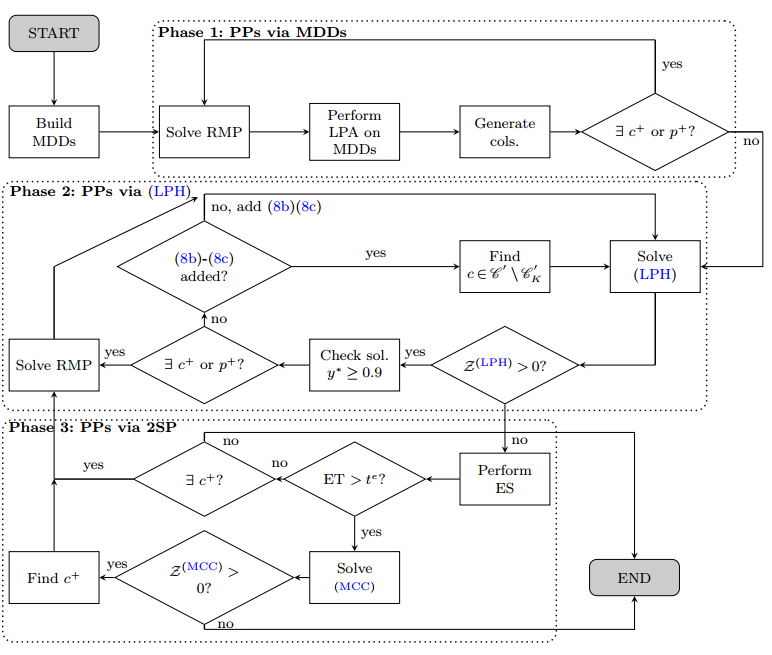
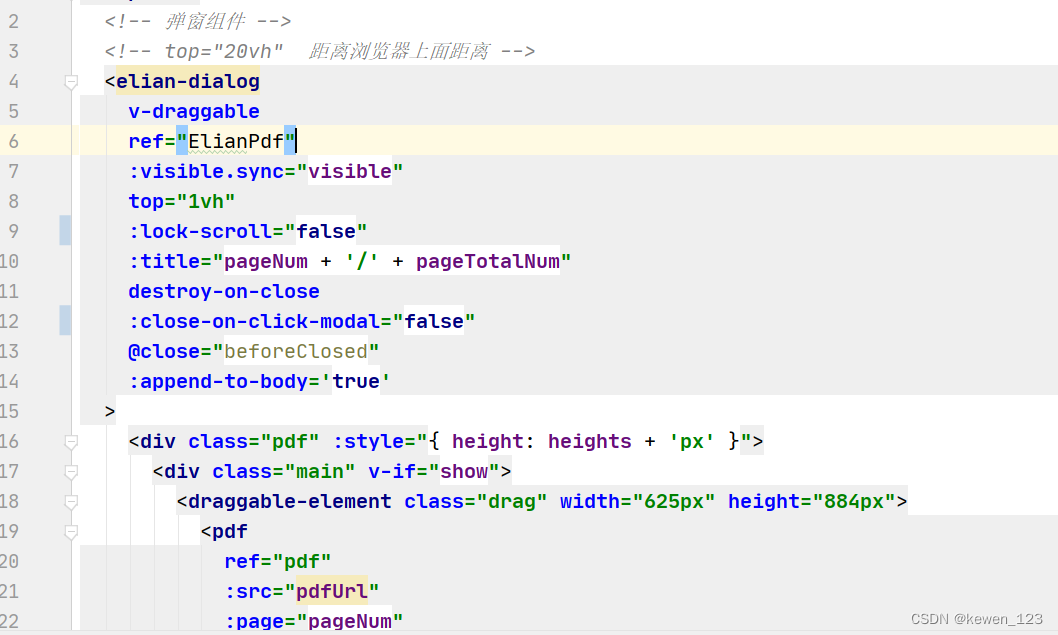
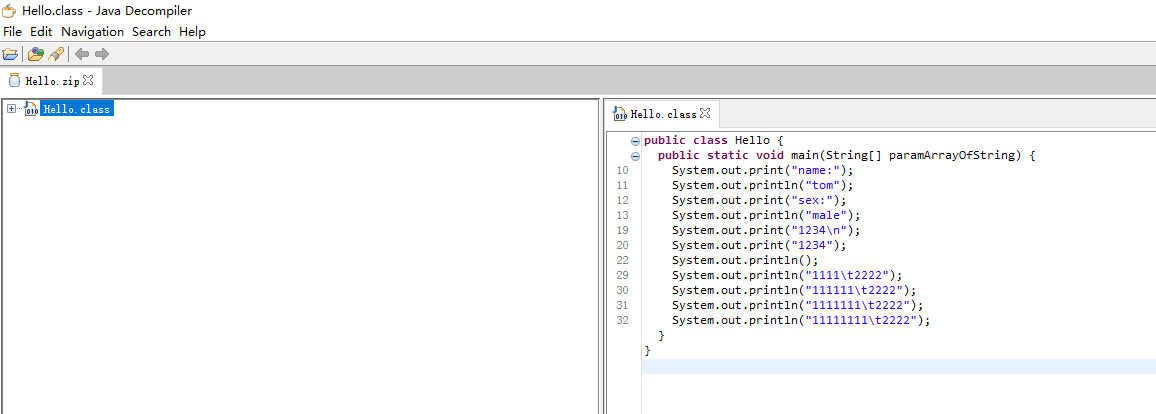



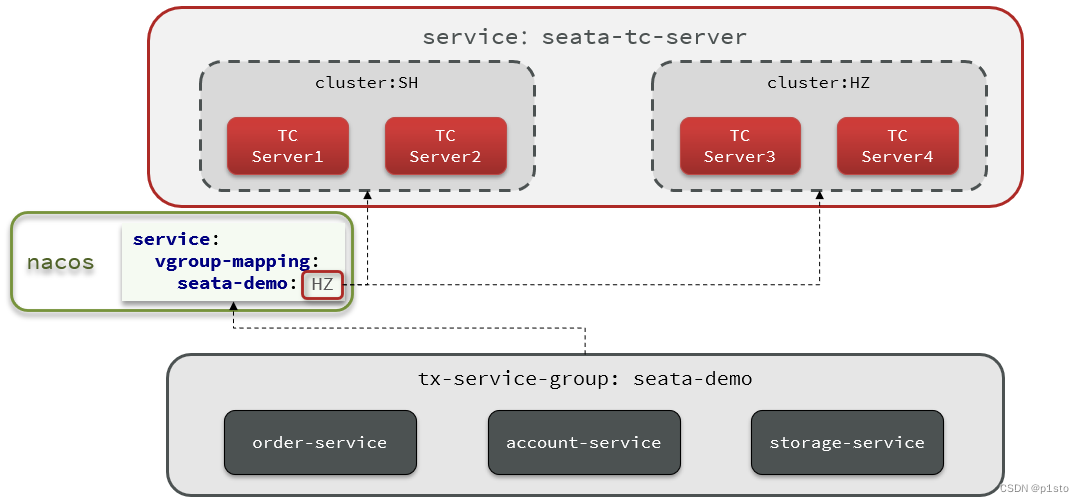
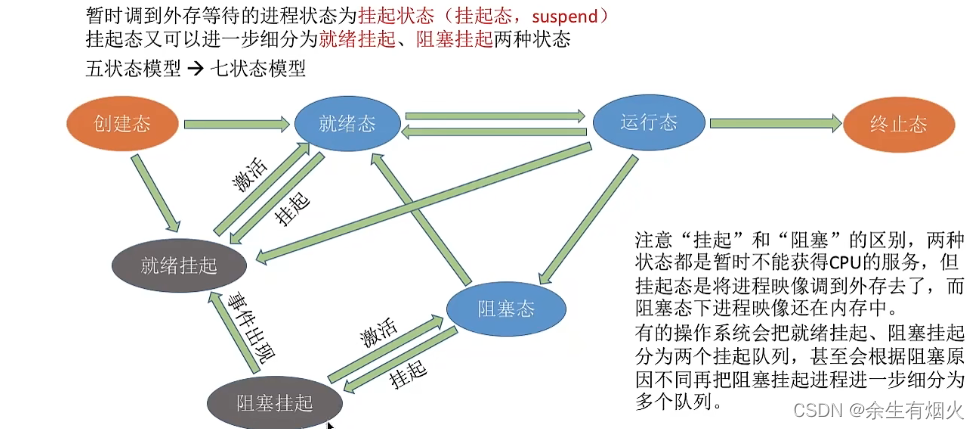
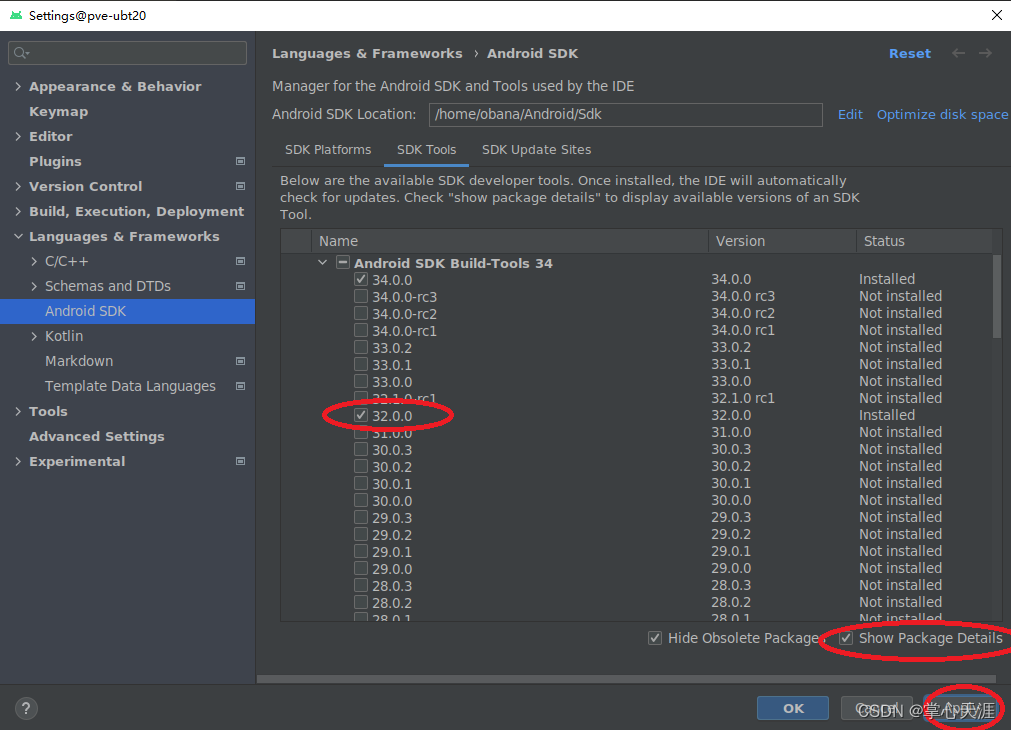


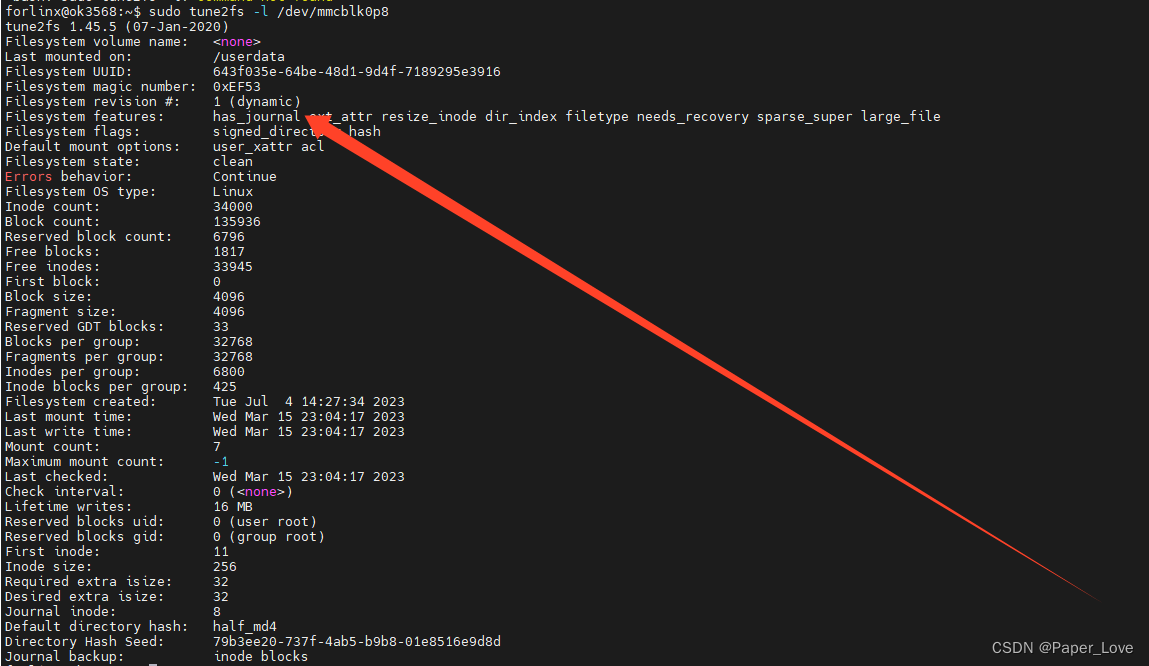
![k8s初始化报错 [ERROR CRI]: container runtime is not running: ......](https://img-blog.csdnimg.cn/direct/e334e6e5042c486f84dca6a026ea9384.png)


